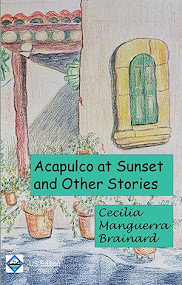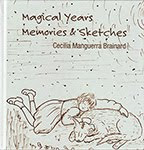This was taken at the Vice Regal Lodge in Shimla
This continues my account about our recent trip to India. We arrived Delhi and traveled by car to Amritsar where we visited the Golden Sikh Temple and the India-Pakistan border.
Please visit this earlier blog entry about that.
From Amritsar, we drove off in a private car to the Himalayas to visit
Dharamsala where the
Dalai Lama and other Tibetan refugees live. The McCleod Ganj, in Upper Dharamsala, is where the majority of Tibetans stay. Our hotel, ran by the monastery of the Dailai Lama, was near his complex.

It was cold in Dharamsala but we had come prepared. The town is at an elevation of from 1250 meters to 2000 meters, and in the early morning, mist settled on the plains below. It was lovely in Dharamsala. It is not heavily populated as the other Indian hill stations are. There are houses and temples in the plains, but in McCleod Ganj, there was basically a main street, along the ridge of the mountain tops with hotels, businesses, and shops perched next to the narrow road. If you traveled along this road, you would come across the oldest section of Dharamsala, and further, you would find
St. John's Church in the Wilderness where
Lord Elgin is buried. Near this church is a sad-looking cemetery from the British days. Farther down is a huge military complex. The other end is where the Dalai Lama complex is located. His compound is like a small medieval city, which you enter via a gate, and you walk down a winding road, past a museum, shops, a historical marker, and you climb upward to the temples, several of them. The quarters of the Dalai Lama is in another gated section, protected by armed guards.


The temple in the Dalai Lama's complex plus the other temples, and the Norbulinka Institute, which are located in lower Dharamsala, were interesting though not remarkable. The Norbulinka Institute was open that Sunday although the craftsmen who preserve Tibetan art were not there.
Our guide brought us to a Tibetan Festival, a small folksy affair where the Tibetans put on a goodwill show and fair, with local dignitaries present. Their dancing was interesting, and the performance of the little children in particular amused me.
What I found touching was the gratitude that the Tibetans expressed to the Indian government, and I was impressed at how the Indians have accepted the Tibetans -- their culture and ways. Dharamsala has been their refuge since the
14th Dalai Lama fled Tibet in the 1959.
From Dharamsala, we drove to another Indian hill station, Shimla, referred to as the queen of the hill stations because it was there where the British ruled in the summer months (March-October). They left the heat of Calcutta, then Delhi, for the cool climate of Shimla.
The tourist section of Shimla is at the peak where the old British buildings still stand, and where Scandal Point with its story of the elopement of a maharaj with the daughter of a British Viceroy continues to be told.
The
Viceregal Lodge is the most remarkable building there. It is grander than a lodge of course. It's a huge, sprawling Gothic stone structure, with turrets and rooms, and gardens surrounding the structure. The grandeur of past years have dimmed but the pictures on the walls, and the teak wood on the walls, and chandeliers and other remaining furniture, remind you of the elegance of this place. The Viceregal Lodge was where Viceroys and Governor-Generals lived. Many historic events took place here, including the partition of East and West Pakistan.
In Shimla, we also rode the narrow gauge train, the
Kalka-Shimla Railway, which was built in 1898 and which continues to run today.
I have more writing to do about our trip to India, including a visit to Goa and Hyderabad, and most important of all, an Indian wedding, so stay tuned, dear Readers.
Merry Christmas!
Read also
Tags: travel, India, Hill Stations, Northern India, Shimla, Simla, Dharamsala, Tibetan, Dalai Lama
This is all for now,








































No comments:
Post a Comment